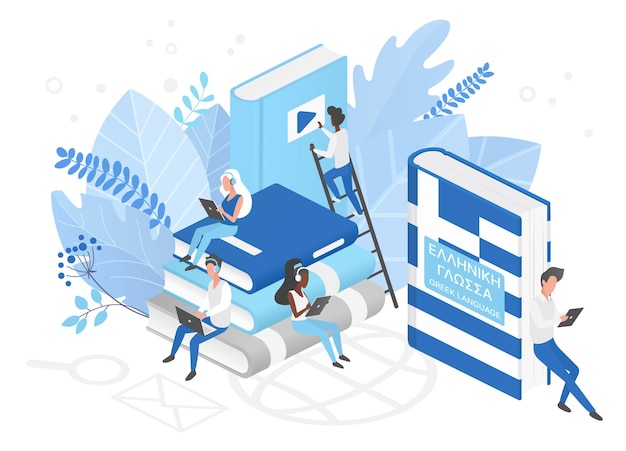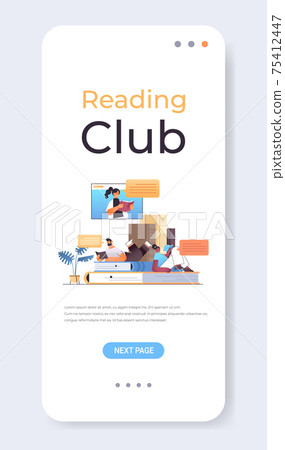

Teachers can later ask students to find text that supports or contradicts their predictions. Teachers can ask readers to make a prediction about a story based on the title and any other clues that are available, such as illustrations. Teachers can encourage students to go beyond literally recounting the story to drawing their own conclusions about it. It could be explicitly stated as in Aesop’s Fables or inferred by the reader (more common).Īsking students to retell a story in their own words forces them to analyze the content to determine what is important. Theme: The overriding lesson or main idea that the author wants readers to glean from the story.

Plot: The story line, which typically includes one or more problems or conflicts that the protagonist must address and ultimately resolve.Characters: The people or animals in the story, including the protagonist (main character), whose motivations and actions drive the story.Setting: When and where the story takes place (which can change over the course of the story).Teachers can have students diagram the story grammar of the text to raise their awareness of the elements the author uses to construct the story. There are a number of strategies that will help students understand narrative text. Narrative text tells a story, either a true story or a fictional story. Strategies for Reading Comprehension: Narrative Text Readers can take advantage of illustrations that are embedded in the text or create their own mental images or drawings when reading text without illustrations. Studies have shown that students who visualize while reading have better recall than those who do not (Pressley, 1977). In order to make inferences about something that is not explicitly stated in the text, students must learn to draw on prior knowledge and recognize clues in the text itself. Teachers can help by modeling both the process of asking good questions and strategies for finding the answers in the text. QuestioningĪsking and answering questions about text is another strategy that helps students focus on the meaning of text. Implicit in this process is trying to understand the author’s purpose in writing the text. Identifying the main idea and summarizing requires that students determine what is important and then put it in their own words. Identifying the Main Idea and Summarization As they read, they may mentally revise their prediction as they gain more information. When students make predictions about the text they are about to read, it sets up expectations based on their prior knowledge about similar topics. This provides a framework for any new information they read. When students preview text, they tap into what they already know that will help them to understand the text they are about to read. The key comprehension strategies are described below.

In order to learn comprehension strategies, students need modeling, practice, and feedback. They listen to the words, see the pictures in the book, and may start to associate the words on the page with the words they are hearing and the ideas they represent. The process of comprehending text begins before children can read, when someone reads a picture book to them. Strategies for reading comprehension in Read Naturally programs General Strategies for Reading Comprehension In order to read with comprehension, developing readers must be able to read with some proficiency and then receive explicit instruction in reading comprehension strategies (Tierney, 1982). Rather than passively reading text, readers must analyze it, internalize it and make it their own. The process of comprehension is both interactive and strategic. Experienced readers take this for granted and may not appreciate the reading comprehension skills required.


 0 kommentar(er)
0 kommentar(er)
